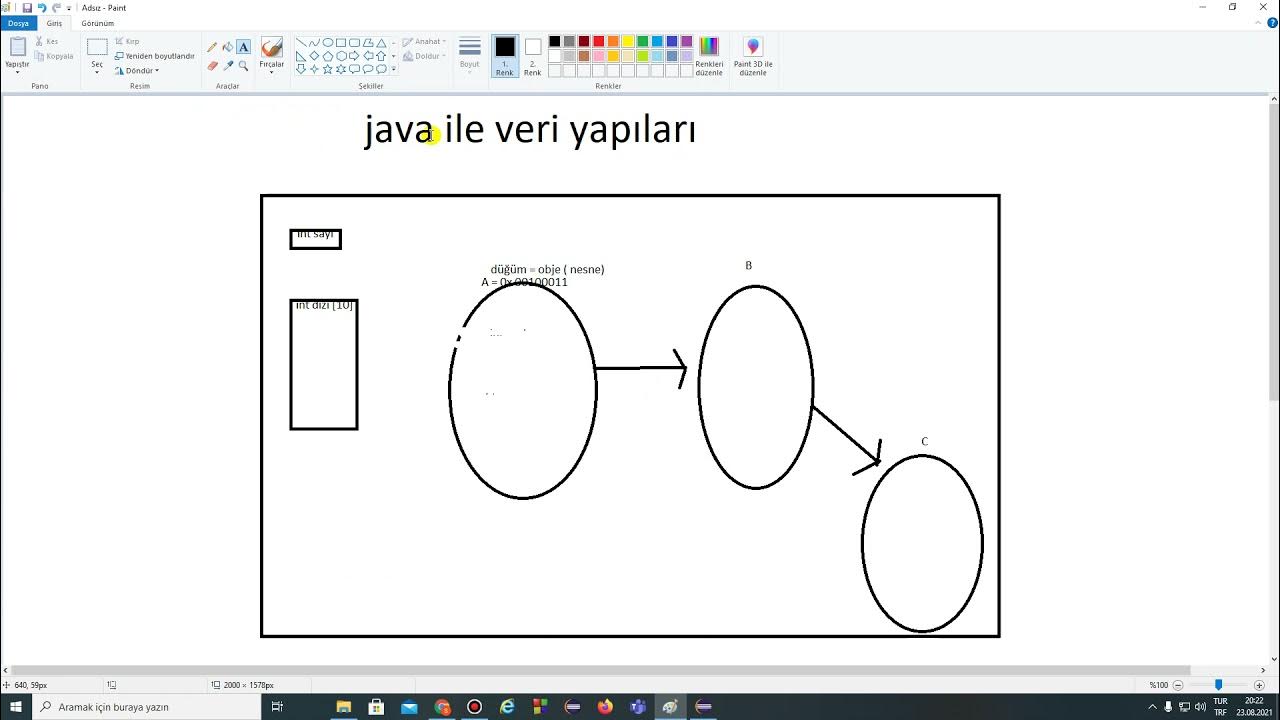The Bag ADT
Summary
TLDRIn this video, we explore the creation of a back abstract data type (ADT) using a linked list for storage. Unlike stacks and queues, which follow a predefined order for item removal, the back ADT introduces randomness, allowing items to be drawn out in any order. The key operations include inserting items into the back and drawing random items. The script walks through adding functionality to remove a node at a random position in the list and demonstrates testing by inserting and drawing numbers randomly. This ADT provides a flexible, randomized approach to list processing, ideal for scenarios requiring unpredictability.
Takeaways
- 😀 The Back ADT allows items to be inserted and drawn randomly, providing more randomness than stacks and queues.
- 😀 The primary operations of the Back ADT are 'insert' (to add items) and 'draw' (to withdraw a random item).
- 😀 The 'draw' operation removes an item from a linked list at a random index, instead of following a predefined order like in stacks or queues.
- 😀 A random number generator is used to determine the index of the item to be drawn, with the range from 0 to n-1, where n is the number of items in the list.
- 😀 The Back ADT stores items in a linked list, and the number of items is tracked by a variable 'n' that is updated with each insertion.
- 😀 A new method is added to the linked list to remove a node at a specific position, which is required for the 'draw' operation.
- 😀 The method to remove a node at a specific position in the list handles updating pointers, especially when removing from the head, tail, or middle.
- 😀 The time complexity of the 'draw' operation is dependent on the random index generation and the traversal of the list to remove the node.
- 😀 The implementation requires seeding the random number generator with the time to ensure variability in the random draws.
- 😀 The Back ADT is tested by inserting a few items and drawing them multiple times to demonstrate the randomness in the output.
Q & A
What is the main concept of the 'back' abstract data type (ADT) introduced in the video?
-The 'back' ADT is similar to stacks and queues but offers randomness in item retrieval. It allows inserting items at the back (tail) of a list, and drawing (removing) a random item from anywhere in the list, rather than following a predefined order.
How does the 'back' ADT differ from a stack and a queue?
-Unlike stacks and queues that follow a strict order (LIFO for stack and FIFO for queue), the 'back' ADT allows items to be retrieved in a random order. This is achieved by drawing a random item from the list rather than removing items from the head or tail.
What are the two primary operations of the 'back' ADT?
-The two primary operations of the 'back' ADT are 'insert' (which adds an item to the back of the list) and 'draw' (which withdraws a random item from the list).
Why is it necessary to track the number of items in the 'back' ADT?
-Tracking the number of items is essential because it allows the generation of a random index for the 'draw' operation. This ensures that the random item drawn is within the bounds of the list.
How is the random index for the 'draw' operation generated?
-The random index is generated using a random number generator, which produces a number between 0 and n-1, where n is the number of items in the list. This index is then used to remove an item from the list.
What challenges arise when removing a random item from a linked list in the 'back' ADT?
-The challenge lies in the need to remove an item from a random position within the list. Unlike stack or queue operations, which only remove from the head or tail, the 'draw' operation requires adjusting pointers to remove a node from any position in the linked list.
How does the code handle removing a node from the middle or tail of the list?
-To remove a node from the middle or tail of the list, the previous node’s 'next' pointer is updated to point to the node after the one being removed. This effectively skips over the node to be deleted.
What function in the linked list is added to facilitate random item removal?
-A new function is added to the linked list to remove a node at a specific position. This is necessary because the 'draw' operation needs to remove a node from a random index, not just from the head or tail.
Why is it important to seed the random number generator before drawing an item?
-Seeding the random number generator ensures that the random sequence is different each time the program runs. By using the current time as the seed, we ensure that the results are not predictable and vary with each execution.
What is demonstrated through the testing code in the video?
-The testing code demonstrates the functionality of the 'back' ADT by inserting a few numbers (e.g., 15, 20, and 5) and then drawing them randomly. Each run produces a different order of numbers, confirming that the 'draw' operation works as expected with randomness.
Outlines

Cette section est réservée aux utilisateurs payants. Améliorez votre compte pour accéder à cette section.
Améliorer maintenantMindmap

Cette section est réservée aux utilisateurs payants. Améliorez votre compte pour accéder à cette section.
Améliorer maintenantKeywords

Cette section est réservée aux utilisateurs payants. Améliorez votre compte pour accéder à cette section.
Améliorer maintenantHighlights

Cette section est réservée aux utilisateurs payants. Améliorez votre compte pour accéder à cette section.
Améliorer maintenantTranscripts

Cette section est réservée aux utilisateurs payants. Améliorez votre compte pour accéder à cette section.
Améliorer maintenantVoir Plus de Vidéos Connexes
5.0 / 5 (0 votes)






